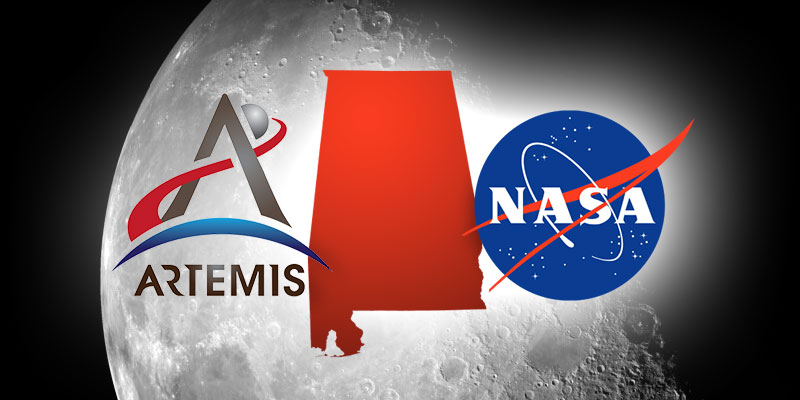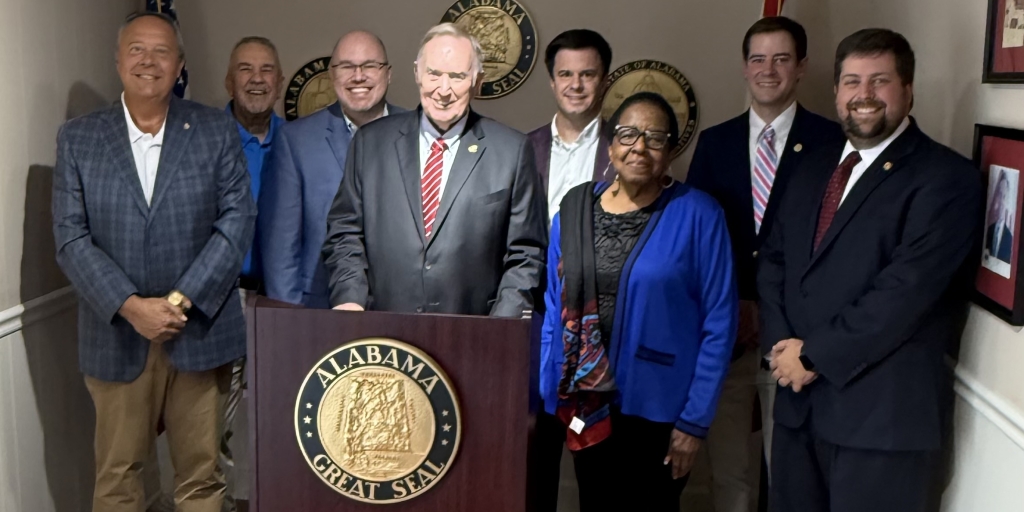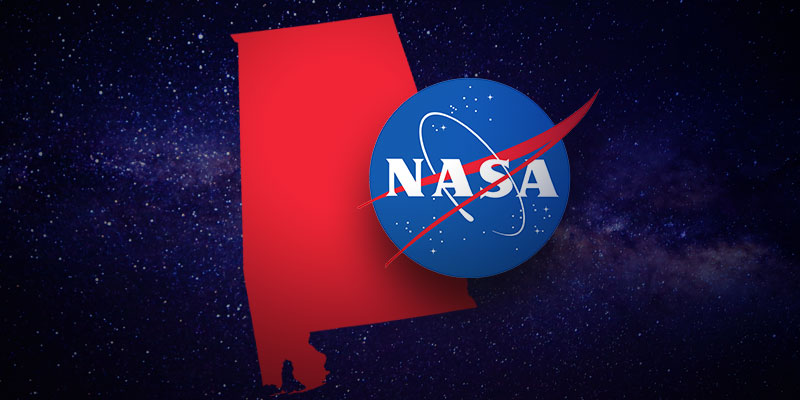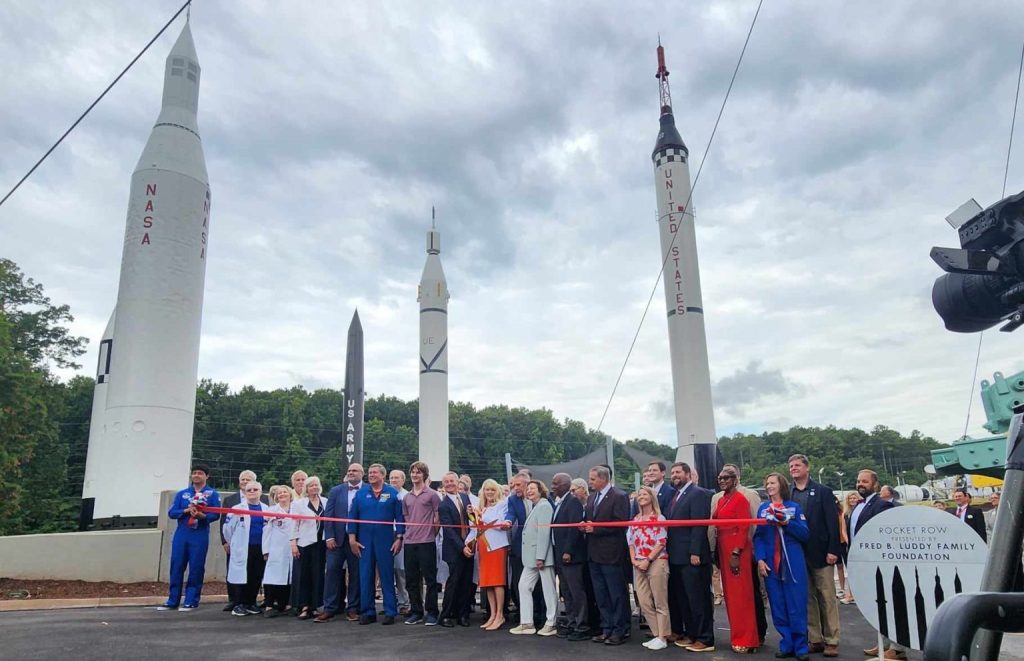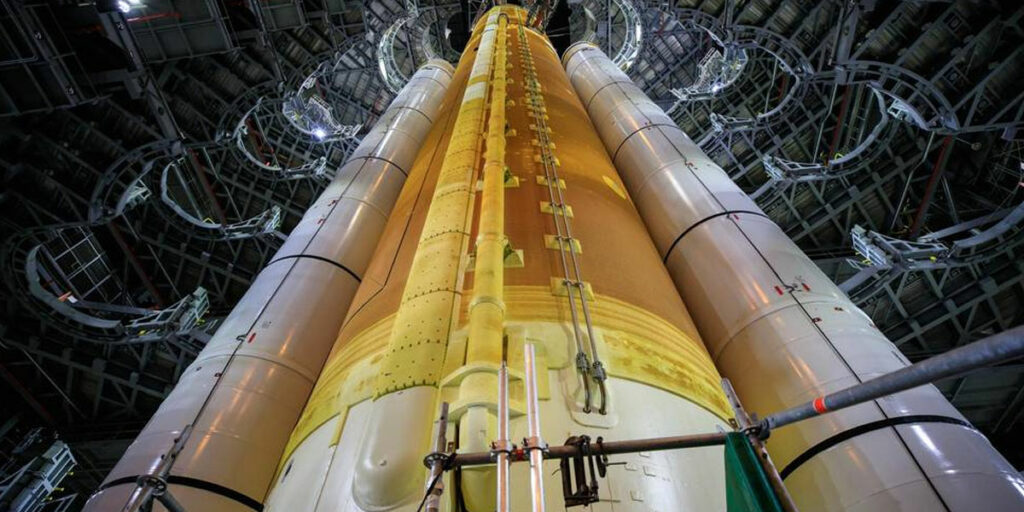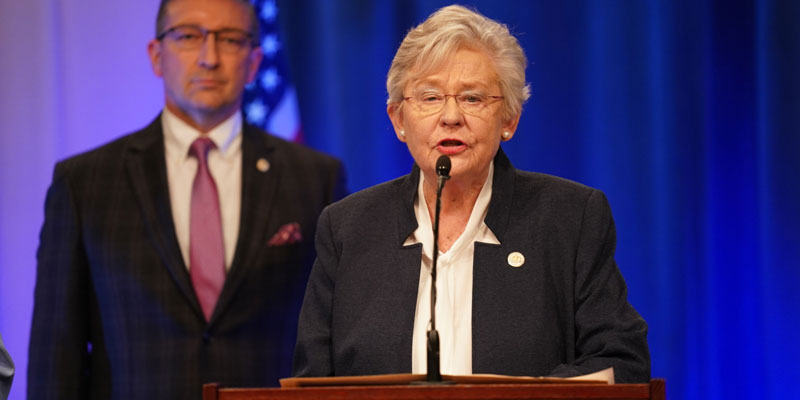Governor Kay Ivey has proclaimed Friday, July 17, as Artemis Day in the state of Alabama, honoring the Yellowhammer State’s incredible contributions to the historic space program that will return Americans to the surface of the moon and eventually take the first humans to Mars.
An official proclamation signed by Ivey earlier this week highlighted Huntsville’s famed contributions to space flight and exploration since last century.
The Rocket City’s signature work is continuing on the Space Launch System (SLS), which is the most powerful rocket in world history scheduled to power Americans back to the moon in 2024 through the Artemis program; the mission will include landing the first woman ever on the lunar surface.
SLS is part of NASA’s new backbone for deep space exploration, along with the Orion spacecraft and the Gateway in orbit around the moon. Indeed, it is the only rocket that can send Orion, astronauts and supplies to the Moon in a single mission.
Alabama’s aerospace industry has led the effort to build the SLS, which stands 212 feet high and 27.6 feet in diameter.
Boeing is the core stage lead contractor, and Aerojet Rocketdyne is the RS-25 engines lead contractor. The SLS program is managed out of Marshall Space Flight Center, while Boeing’s Huntsville-based Space and Launch division manages the company’s SLS work.
A structural test campaign for the SLS was completed at Marshall in recent weeks.
RELATED: ‘Remarkable’: Marshall Space Flight Center completes largest test campaign since 1990
On Friday, Artemis Day, NASA released videos of the SLS launch vehicle stage adapter being loaded onto a barge en route to Florida’s Kennedy Space Center. According to Ivey’s proclamation, this is the final piece of hardware for Artemis I that will depart Marshall Space Flight Center.
NASA detailed that the launch vehicle adapter “was produced entirely” at Marshall by Huntsville-based Teledyne Brown Engineering. Ivey also highlighted this in her proclamation.
“The launch vehicle stage adapter for NASA’s Space Launch System rocket was the final piece of Artemis I rocket hardware built exclusively at NASA’s Marshall Space Flight Center,” stated Marshall director Jody Singer, a 2019 Yellowhammer Woman of Impact. “This milestone comes as Marshall teams just completed the structural test campaign of the SLS rocket that confirmed the rocket’s structural design is ready for Artemis missions to the Moon.”
“Great to see this. Very fitting on a day that [Governor Ivey] has declared Artemis Day in Alabama!” Congressman Robert Aderholt (AL-04) said in a tweet.
This morning, the outstanding folks at @NASA_Marshall delivered the Launch Vehicle Stage Adapter (LVSA), marking a major milestone toward completing @NASA_SLS! https://t.co/jF0vqISyf9
— Mo Brooks (@RepMoBrooks) July 17, 2020
“Alabamians are exceedingly proud of the Space Launch System achievements today, and the advances of tomorrow made possible by upcoming Artemis missions that will continue to demonstrate NASA’s benefit to all humanity,” Ivey’s proclamation concluded.
Artemis I, per NASA, will be the first integrated flight test of SLS and the Orion spacecraft. This will be an uncrewed test flight. Artemis II is slated to be the first crewed flight for the program.
“The primary operations goal of the [Artemis I] mission is to assure a safe crew module entry, descent, splashdown, and recovery. In addition to sending Orion on its journey around the Moon, SLS will carry 13 small satellites that will perform their own science and technology investigations. The first in a series of increasingly complex missions, Artemis I will provide a foundation for human deep space exploration and demonstrate our commitment and capability to extend human existence to the Moon and beyond prior to the first flight with crew on Artemis II,” NASA explained.
Alabama leads the way
In addition to Alabama spearheading the SLS for the Artemis program, the state is at the forefront of other major components of America’s space exploits.
For example, the Human Landing System (HLS) program, vital to Artemis’ ultimate success, is also managed out of Marshall Space Flight Center. Two of the three companies awarded prime contracts to compete to build the final HLS have Alabama ties.
Huntsville-based Dynetics was named earlier this year as one of these three prime contractors.
The company is developing the Dynetics Human Landing System, a single structure providing the ascent and descent capabilities that will launch on the United Launch Alliance (ULA) Vulcan launch system.
The next-generation Vulcan rocket is being produced at the sprawling, world-class ULA production facility in Decatur.
Additionally, one of the other prime contractors is Blue Origin, which has proposed a three-stage lander to be launched on its own New Glenn Rocket System and the Alabama-built ULA Vulcan rocket.
Blue Origin earlier this year officially opened a 350,000-square-foot rocket engine production facility in Huntsville, where it will produce its heavy-lift BE-4 rocket engine.
North Alabama will additionally play a leading role with the lunar Gateway through Dynetics.
Overall, NASA has publicly highlighted how Marshall Space Flight Center is a pivotal engine behind Artemis and the future of human space exploration. You can read more from the agency on Marshall’s unprecedented contributions here.
In a statement to Yellowhammer News on Friday, Ivey said, “NASA’s Marshall Space Flight Center continues to be at the forefront of technological advancement in support of our country’s space exploration initiatives.”
“The flight of Artemis I symbolizes the hard work of the Alabamians that made this significant accomplishment possible. Alabama is incredibly proud to have a strong partner that regularly showcases what our world class engineers are capable of in NASA’s Marshall Space Flight Center,” she added.
Progress! The @NASA_SLS launch vehicle stage adapter has been loaded on to the Pegasus barge & is ready to be shipped from @NASA_Marshall to @NASAKennedy. Once at Kennedy, it’ll undergo launch preparations for the inaugural mission of the #Artemis program: https://t.co/nFO2wXpv3j pic.twitter.com/SvGWrDchN1
— Jim Bridenstine (@JimBridenstine) July 17, 2020
Sean Ross is the editor of Yellowhammer News. You can follow him on Twitter @sean_yhn




